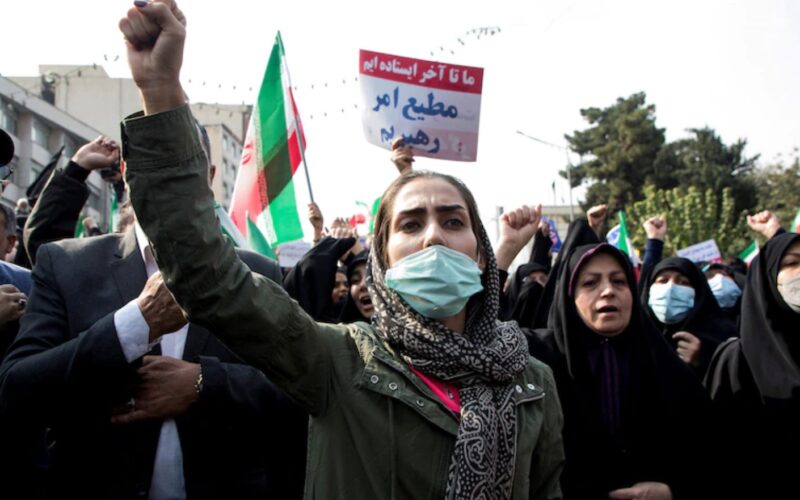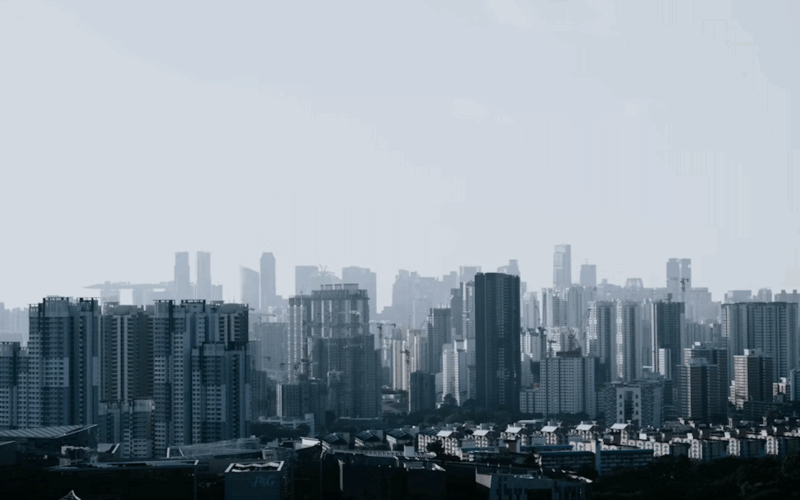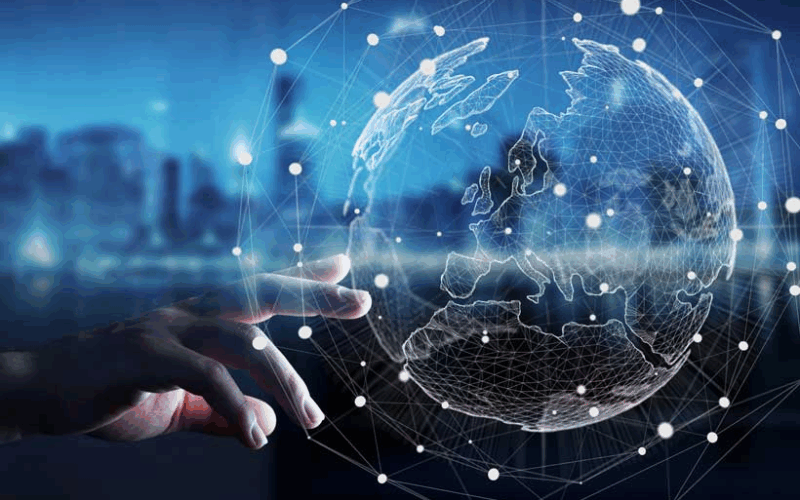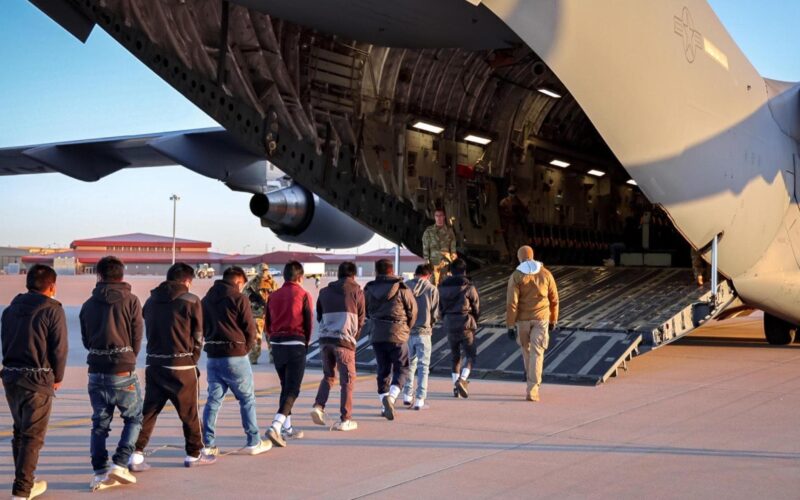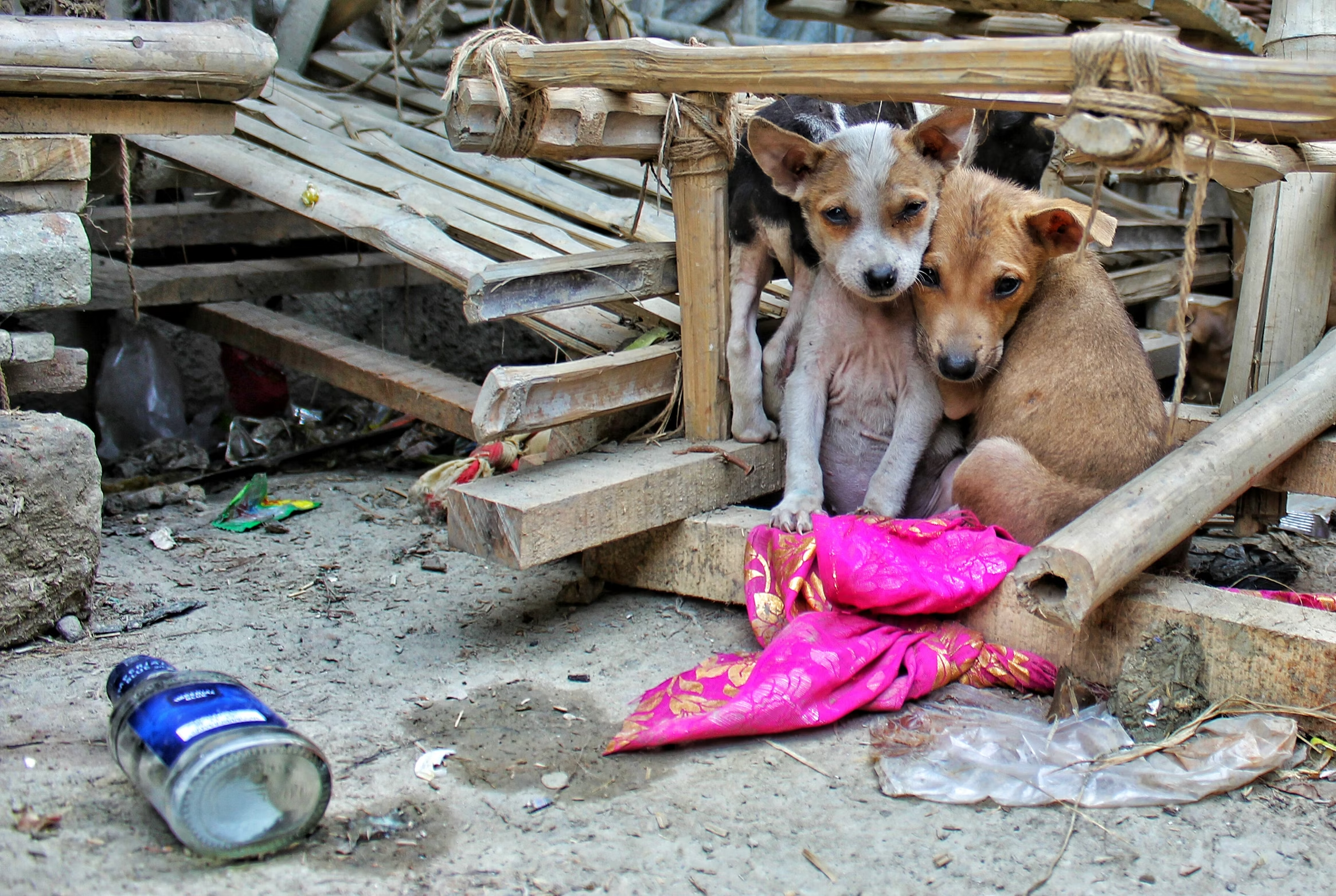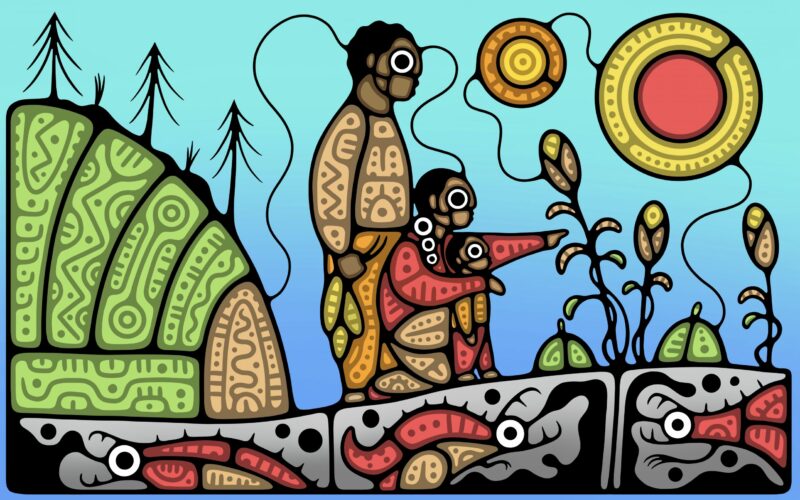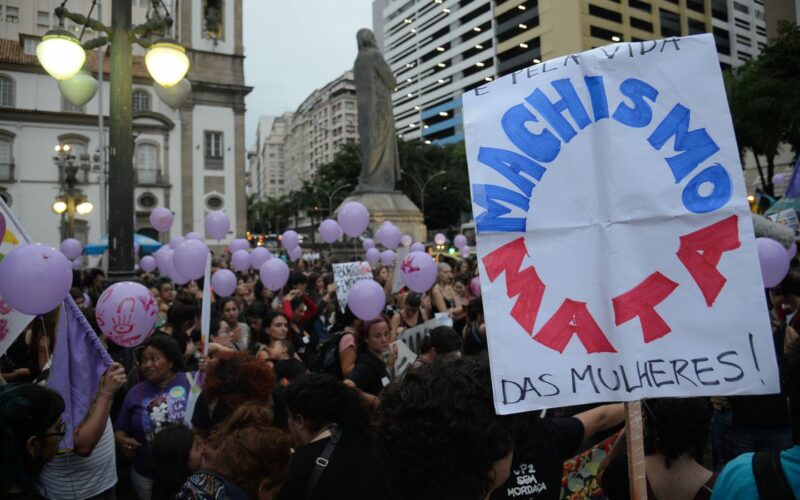The situation regarding women’s rights in Iran has remained precarious and has now gone beyond the morality police, once very visible, to an invisible online smart control system using digital […]
Latest
Violation of Women’s Rights: Technological Surveillance in IranFreedom Cities or Company Towns? Labor and Rights Under a Centrally Planned Urban RegimeThe Rise of Sexual Violence in the DRCNot Exactly the Matrix: China’s Digital Red-Pilled War on WomenThe Human Cost of ICE: Stories of Abuse and Neglect
Wednesday, December 10

